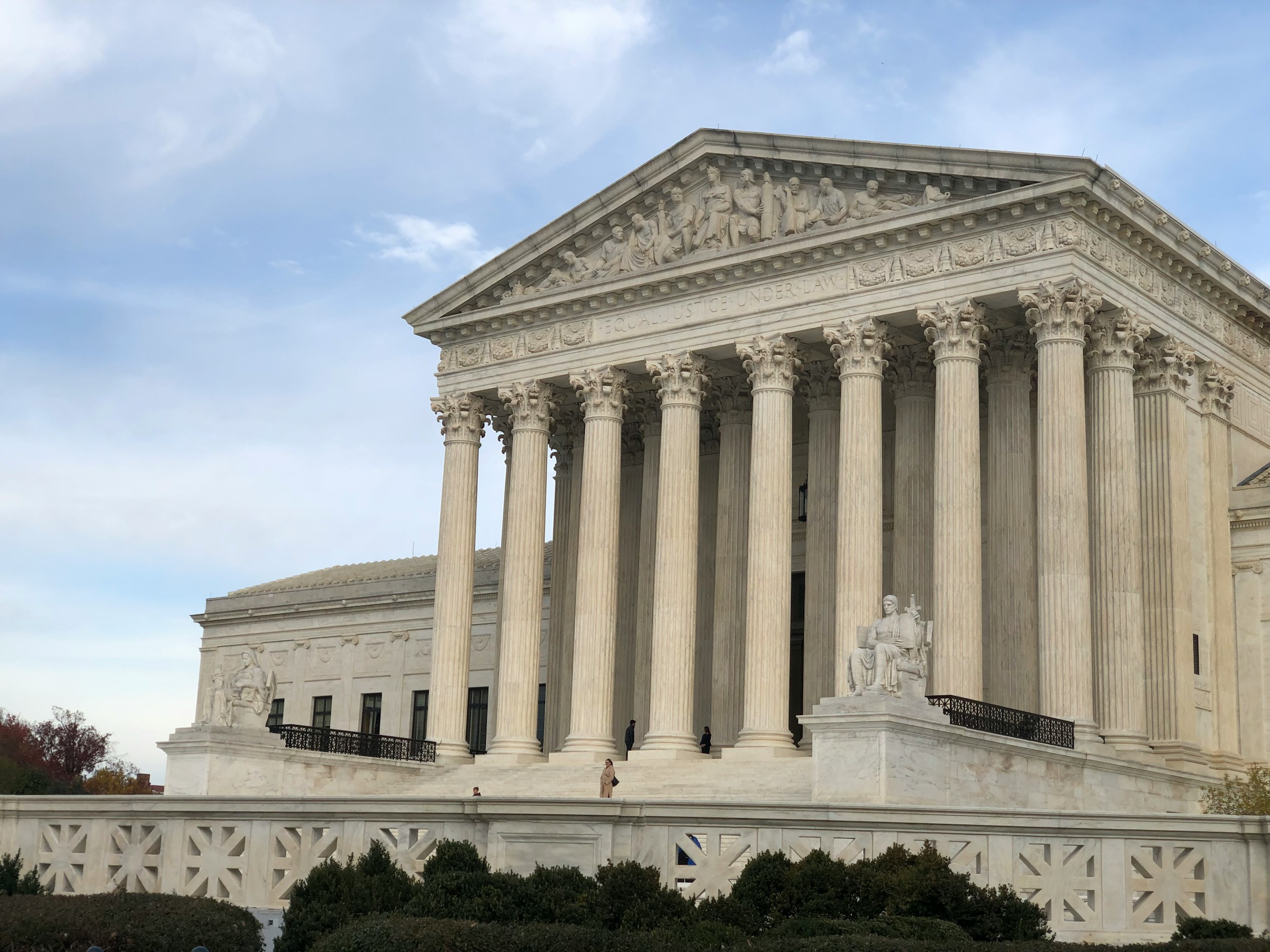The shadows of the emergency docket


Civil Rights and Wrongs is a recurring series by Daniel Harawa covering criminal justice and civil rights cases before the court.
Please note that the views of outside contributors do not reflect the official opinions of SCOTUSblog or its staff.
When it comes to the death penalty, the 2024-25 term presented a tale of two dockets.
If you looked only at the merits docket, the Supreme Court seemed surprisingly sympathetic to people on death row.
First, in Andrew v. White, the court sent the case of death-row inmate Brenda Andrew back to the U.S. Court of Appeals for the 10th Circuit to consider whether Oklahoma violated Andrew’s due process rights by introducing irrelevant and inflammatory evidence about her sex life at her trial.
Next came Glossip v. Oklahoma, in which the court reversed Richard Glossip’s nearly 30-year-old conviction and ordered a new trial, finding that prosecutors failed to correct false testimony and suppressed key evidence – misconduct so severe that even Oklahoma’s Republican attorney general agreed that his conviction and death sentence should be thrown out.
Finally, in Gutierrez v. Saenz, the court held that Texas death-row prisoner Ruben Gutierrez had a legal right to pursue a claim that he was unconstitutionally denied DNA testing that would help prove his innocence.
These cases mark three significant wins for capital defendants – a high watermark in recent memory. And the only real “loss” for a capital defendant in a merits case was in Hamm v. Smith, in which the court sent the case back to the U.S. Court of Appeals for the 11th Circuit for it to clarify the methodology it used to affirm the district court’s finding that Joseph Smith is intellectually disabled and thus ineligible for the death penalty. (Smith’s case will be back before the court in the 2025-26 term.) Looking at only the merits docket, one might think that the court was proceeding with caution when it came to the “ultimate punishment,” a marked change from the “hurry up, hurry up” approach the court adopted at the end of the first Trump administration.
But that picture changes the moment you take heed of the emergency docket.
When Florida executed Michael Bell on July 15, he became the 26th person executed in the United States this year. This number marks a 10-year high in executions, with at least nine more still scheduled. Given this rash of executions, the court has received a flurry of emergency applications seeking last-minute reprieve. Every single one of these was denied – usually in a terse one-sentence, unsigned order issued hours, if not minutes, before the execution was set to proceed. (There is one notable exception: Hoffman v. Westcott, in which Justice Neil Gorsuch dissented in a case in which the applicant argued that the state’s chosen method of execution would substantially burden his religious exercise; Justices Sonia Sotomayor, Elena Kagan, and Ketanji Brown Jackson would have granted the application for a stay.)
Several of these emergency applications, which garnered little attention, raised weighty issues and exposed severe defects in the death penalty’s administration. Take the case of Richard Jordan. Jordan, a Vietnam veteran who had suffered from PTSD, was 79 years old when Mississippi executed him, having been on death row for nearly five decades. Seven years ago, Justice Stephen Breyer pointed to Jordan’s case as a reason to revisit the constitutionality of the death penalty writ large, explaining that, in light of the time Jordan had spent on death row, his case presented “special problems of cruelty or arbitrariness.”
Or consider Anthony Wainwright, who – because of his counsel’s ineffectiveness – became the 13th person in the modern death penalty era to be executed without a federal court reviewing the constitutionality of his claims.
Stephen Stanko filed an application challenging South Carolina’s newly authorized use of the firing squad as an alternative means of execution to the electric chair and lethal injection.
Or return to Michael Bell, who was executed in the face of an alarmingclaim that the prosecution strong-armed witnesses into falsely accusing him. The court let each of these executions proceed without comment, although Sotomayor and Kagan noted that they would have granted Bell’s stay application.
Focusing on capital punishment and the 2024-25 term, the difference between the merits docket and the emergency docket is stark. On the merits docket, the court appears to be addressing abuses of prosecutorial power, protecting the integrity of trials, and providing mechanisms to ensure that the innocent are not executed. But on the emergency docket – the track for nearly all death-penalty litigation – the court won’t pause executions to examine similarly important claims. Indeed, with members of the court often framing death penalty litigation as nothing more than an attempt at delay, the court’s cynicism obscures the merits of the claims being pursued.
This past term, outside of its death docket, the court’s emergency docket overshadowed its merits docket. As the Trump administration repeatedly sought emergency relief in a host of high-stakes cases, court watchers were laser-focused on whether and how the court would act in its emergency posture. But even as the court’s emergency docket took the spotlight, the court’s death docket stayed in the shadows. Yet this aspect of the emergency docket is just as consequential, often serving as the final arbiter of who lives and dies. And as the number of executions ramps up, so too will the number of emergency applications. These cases, and the people whose lives are at stake, deserve our attention too.
Posted in Civil Rights and Wrongs, Recurring Columns